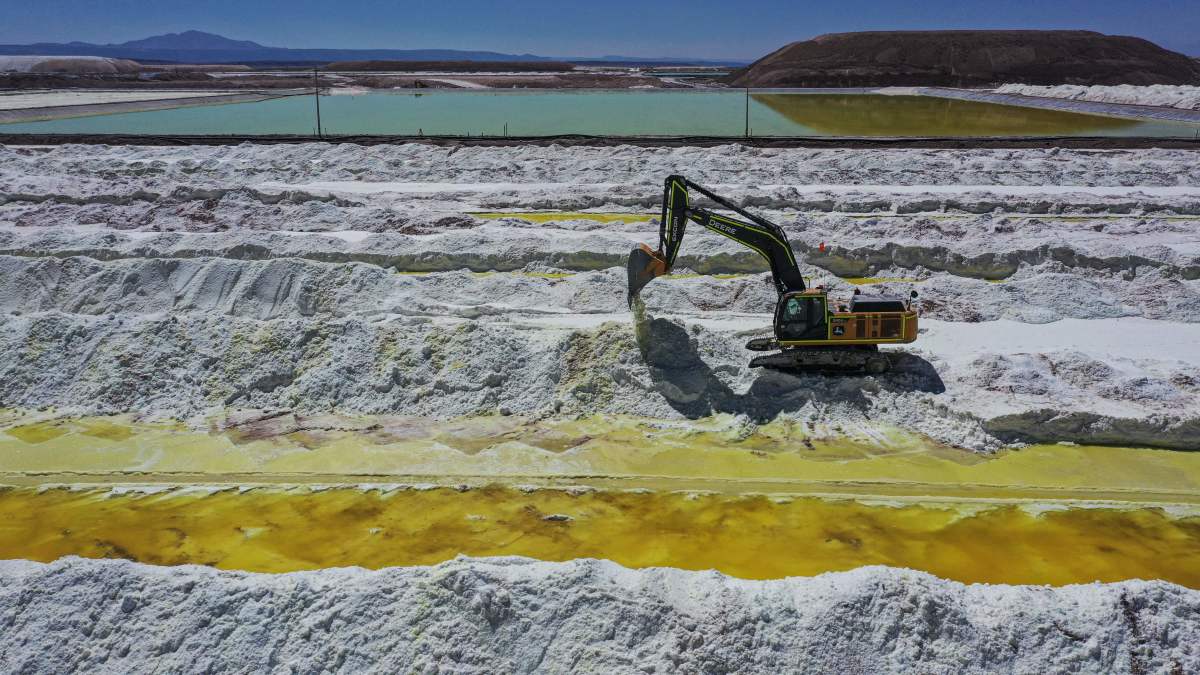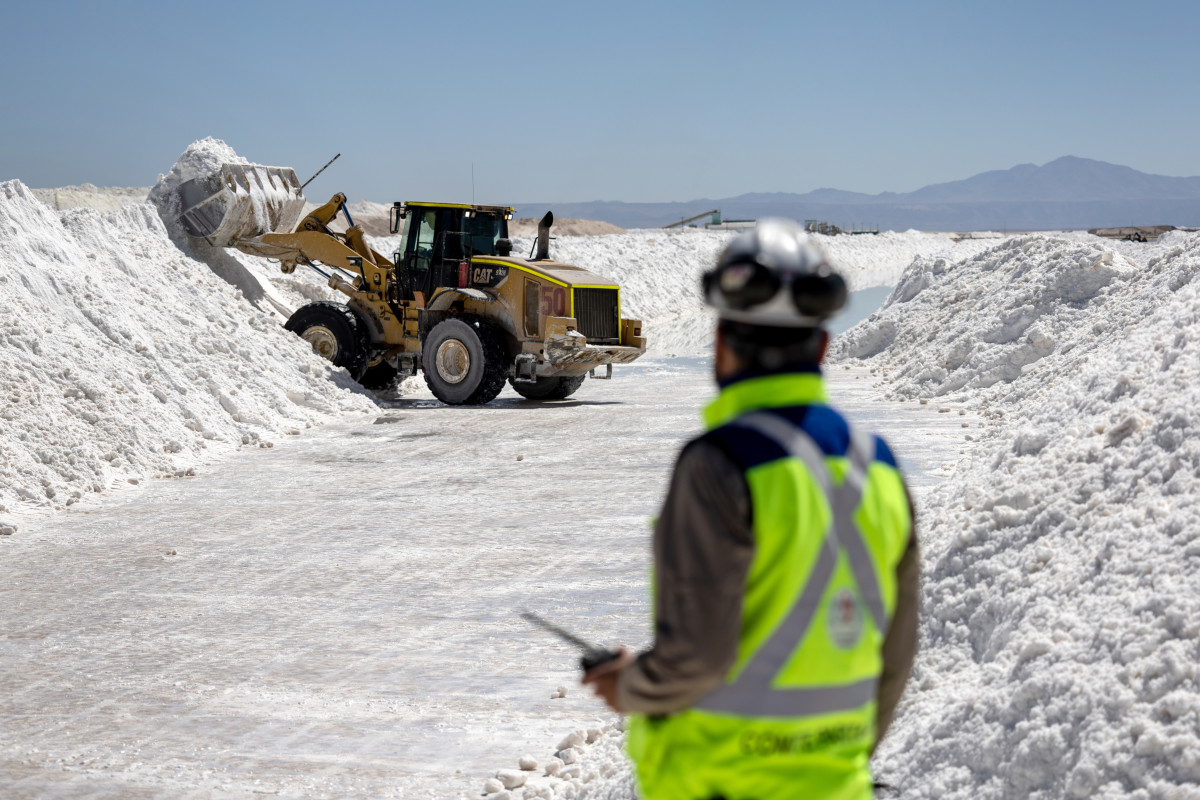
One of the biggest questions of the 21st century has been how to solve the growing need for energy.
It has, unfortunately, become something of a partisan issue. Many environmental progressives argue for cleaner but more costly energy sources, while conservatives tend to argue for domestic drilling and utilizing the resources we already have.
DON'T MISS: BMW is sinking $750M into this beloved car to develop 2 new versions
As the politicking continues, however, the energy dilemma draws ever nearer.
"With the tremendous progress we have made over the past three years, America is now energy independent," former President Donald Trump famously said in July 2020.
That position continued under President Joe Biden's administration: U.S. energy independence ticked up to the highest mark since 1950. In 2022, we made 2.5% more energy than we used. Still, much of this energy independence can be chalked up to the shale boom, which relies on our continued use of oil and natural gas.
But as states and automakers push for a greener, more electric future, the U.S. has been looking to domestic reserves and deposits for the natural resources needed to scale up battery-reliant technologies.
One of the most important materials needed for our most in-demand products, including electric vehicles, mobile phones, and wind and solar power, is lithium.

The U.S. needs lithium and may have found a lot
As it stands now, the U.S. gets a majority of its lithium from imports from Australia and South America. It's a dirty process: Earth.org estimates lithium mining releases more than 1.3 million tons of carbon every year. For perspective, that means every ton of lithium mined releases 15 tons of carbon into the atmosphere.
"The process of extracting lithium consumes significant amounts of water and energy, and lithium mining can pollute the air and water with chemicals and heavy metals," Borrum Energy Solutions writes. "In addition, mining lithium can disrupt wildlife habitats and cause soil erosion, leading to long-term ecological damage."
Part of this is because the mining process uses fossil-fuel-powered equipment to retrieve the material, and then uses environmentally unfriendly factories to extract and refine it. And part of it is acquiring the element from other countries, a costly extra step that requires fossil fuel for transport.
So finding a lithium-rich reserve in the U.S. backyard would help relieve a heavy burden: It's estimated that annual global demand for lithium will exceed 2 million metric tons by 2030.
That's why a recent discovery by Lithium Americas (LAC) -) could be a game-changer for the U.S. energy landscape.
A supervolcano may hold a huge lithium deposit
The corporation recently detected what it believes are 20 million to 40 million metric tons of lithium below a supervolcano in Nevada, close to the Oregon border. The now-dormant caldera, officially known as the McDermitt Caldera, "contains more than double the concentration of lithium seen in any other bed of clay globally," Science Alert reports.
"When the ancient supervolcano erupted around 16 million years ago, hot liquid magma gushed through the ground's cracks and fissures and enriched the clay soil with lithium, according to experts from Lithium Nevada, the University of Oregon, and the New Zealand research institute GNS Science," Science Alert writes.
"Most of the caldera's clay is called magnesium smectite, which is a known source of lithium elsewhere in the world. But towards the southernmost rim of the caldera, researchers have found an unusual type of clay, called illite, that is especially concentrated with lithium."
Lithium-rich area and environmental concerns
But some folks have their concerns. The area is home to indigenous peoples and is where a brutal battle between U.S. soldiers and the Pauite people transpired in the 1860s.
Ranchers are also worried that an extraction project would affect groundwater levels, parching their land and endangering both domesticated and endangered species.
If a mining project does move forward, the area, known as Thacker Pass, could be something of a gold mine.
As of 2022, one metric ton of battery-grade lithium carbonate price cost around $37,000, which means the supervolcano could be home to roughly $1.48 trillion of the material.
Lithium Americas said it planned to move forward with a dig by 2026 and continue work for the next 40 years, then refill the area when it's done.
"Fighting climate change, however, cannot be used as yet another excuse to destroy native land. We cannot protect the environment by destroying it," the People of Red Mountain said in a statement against the mine.
Get exclusive access to portfolio managers and their proven investing strategies with Real Money Pro. Get started now.







